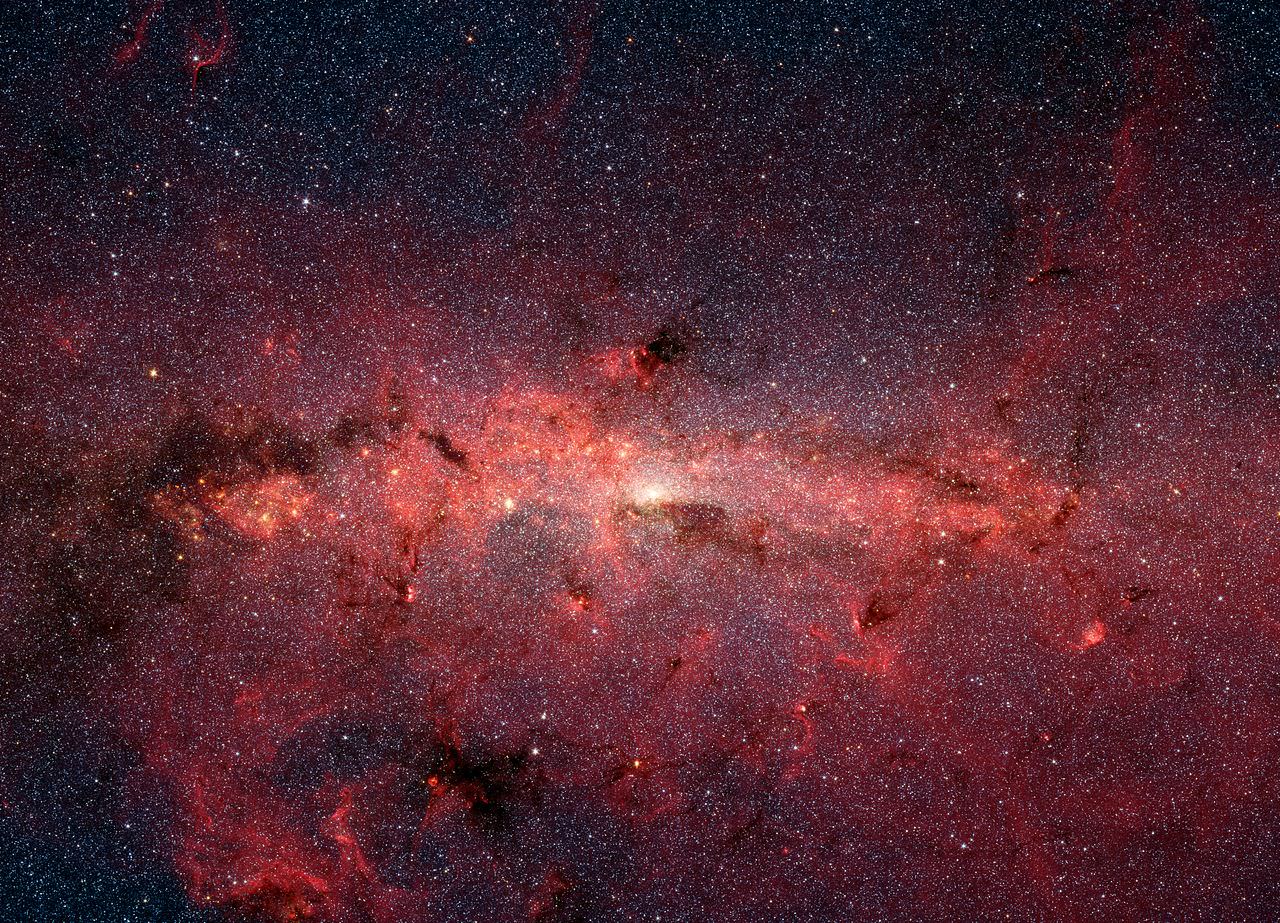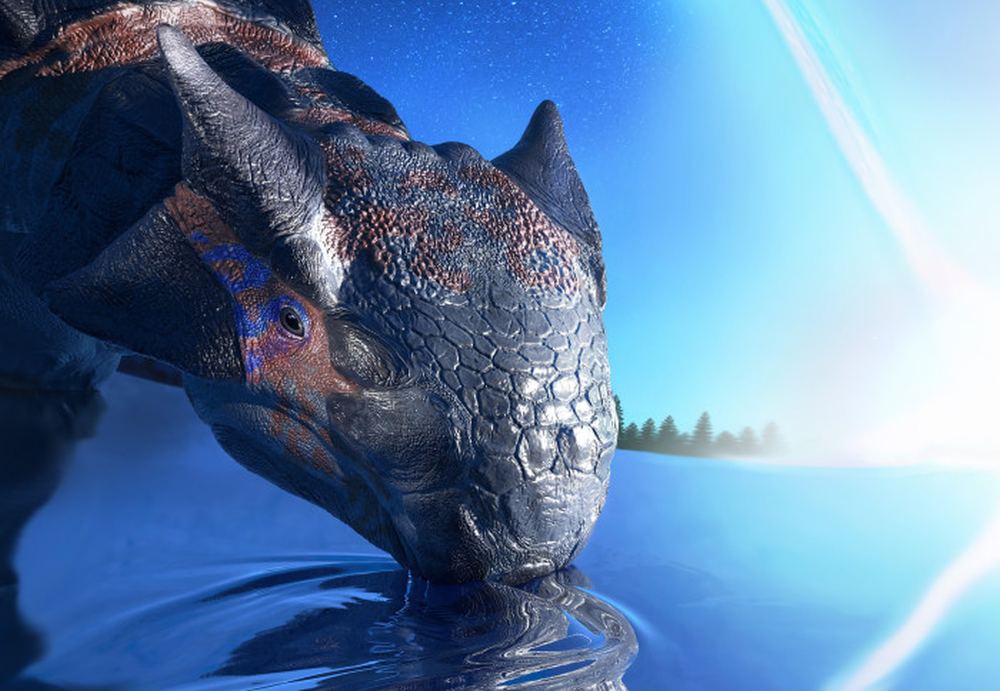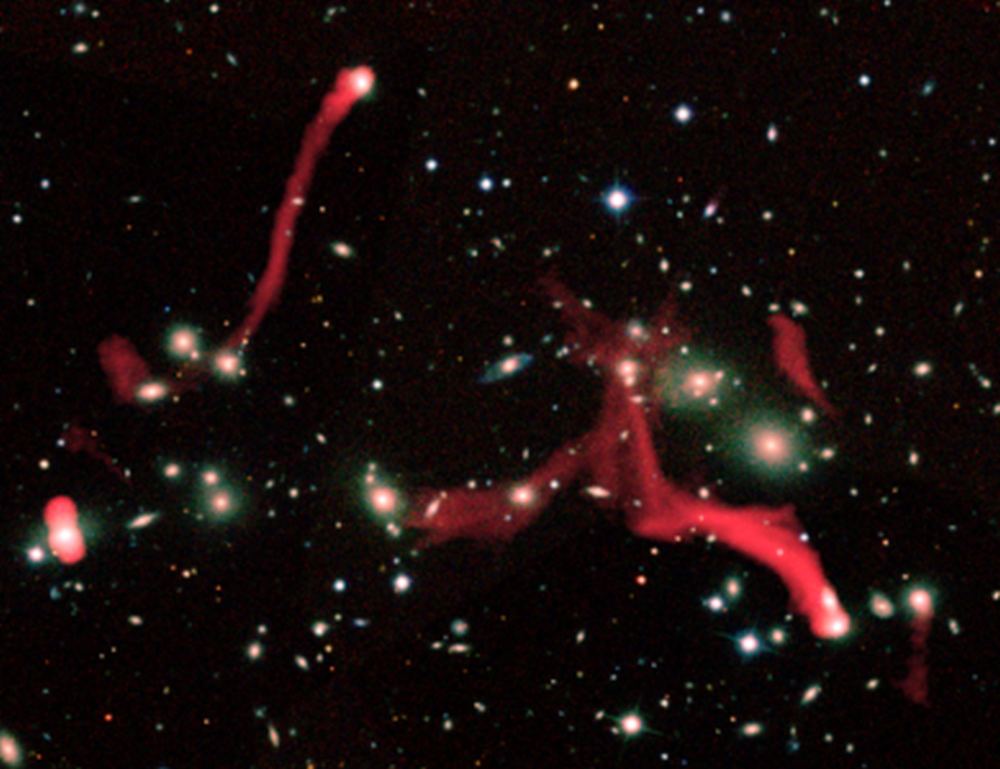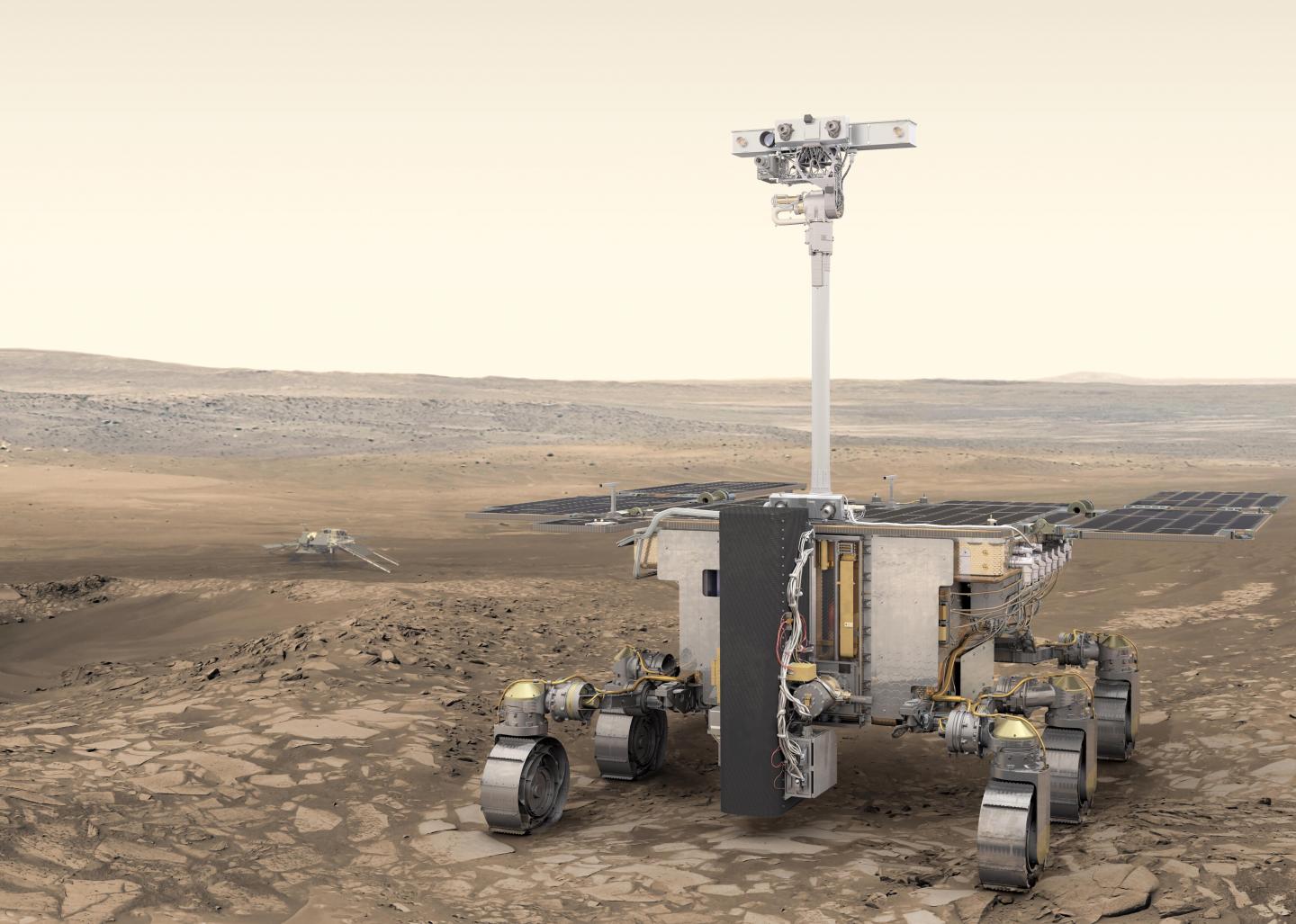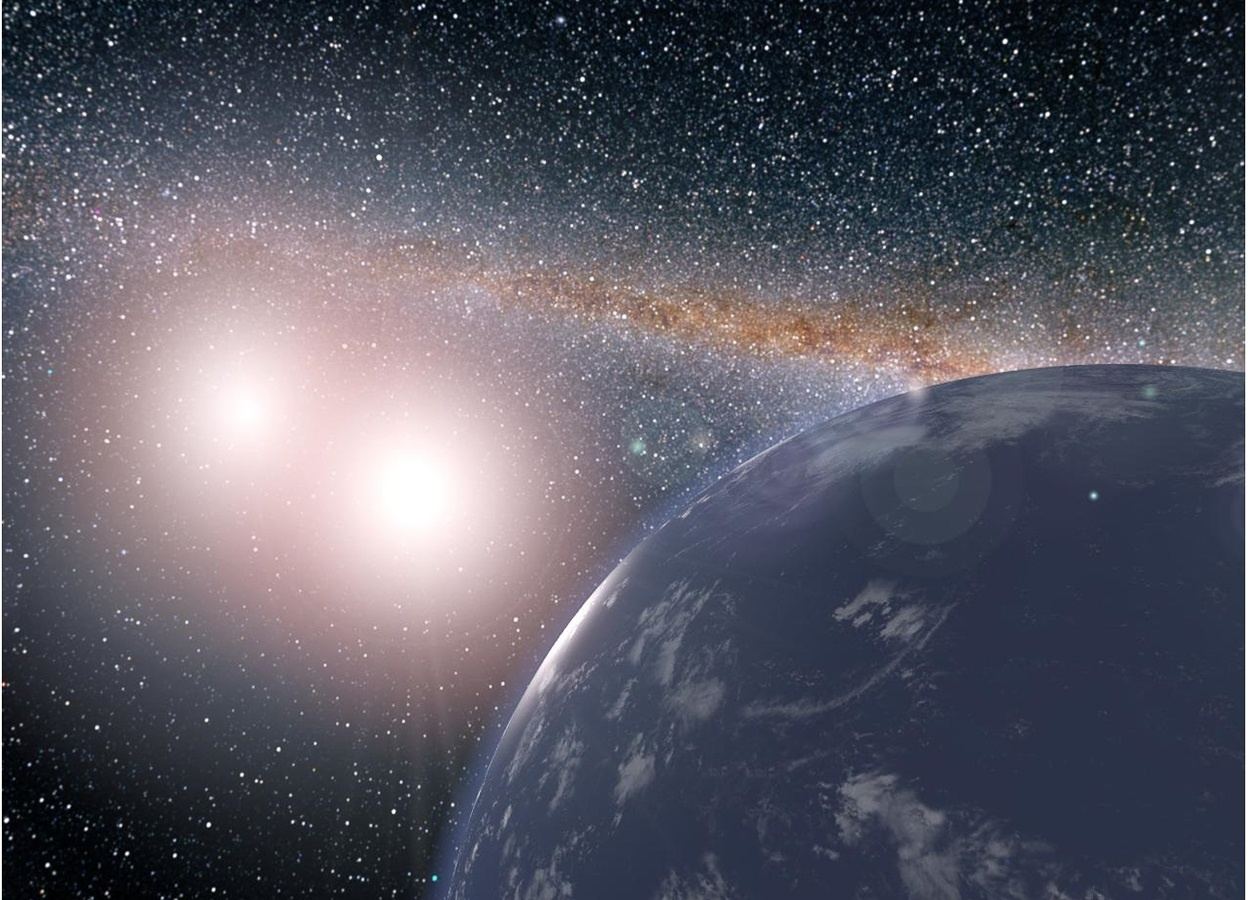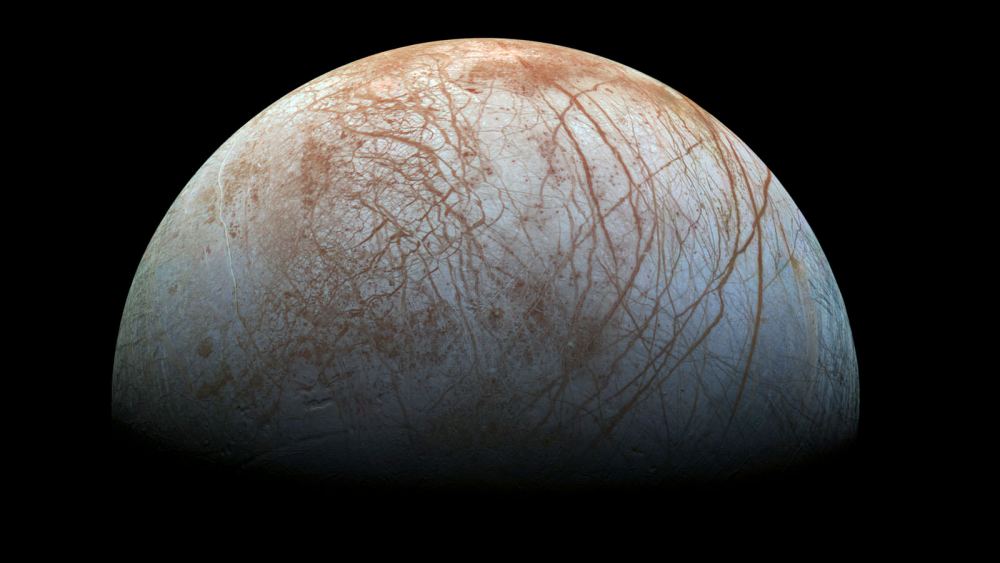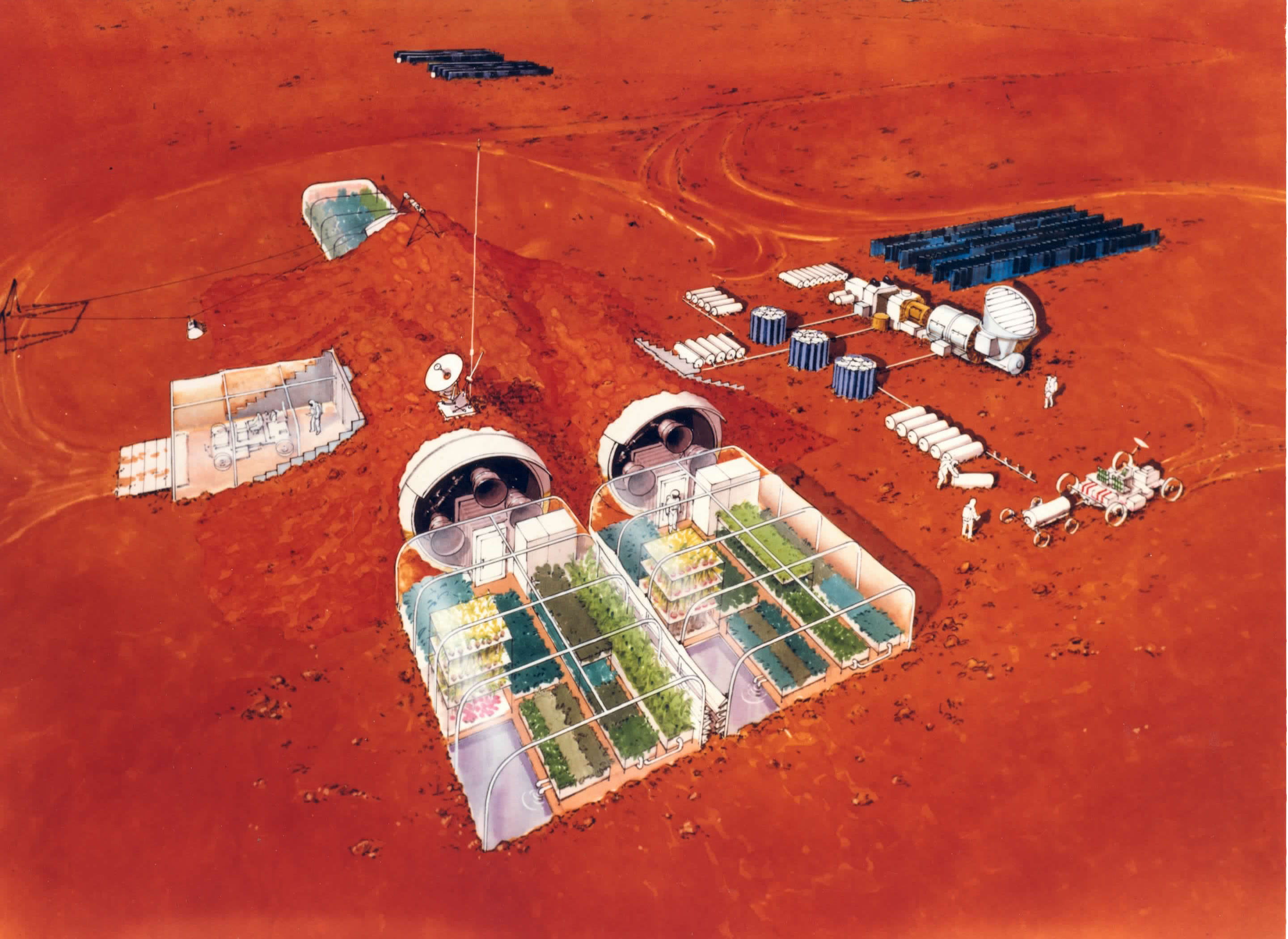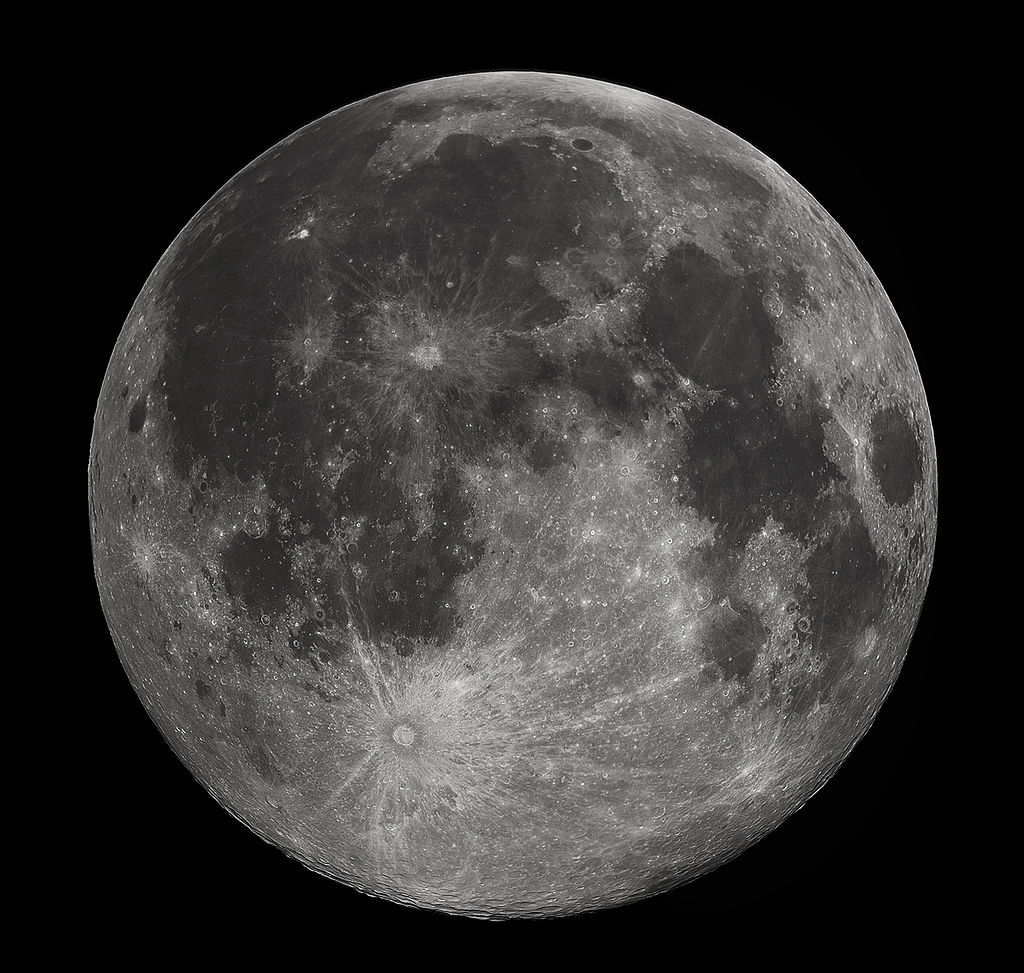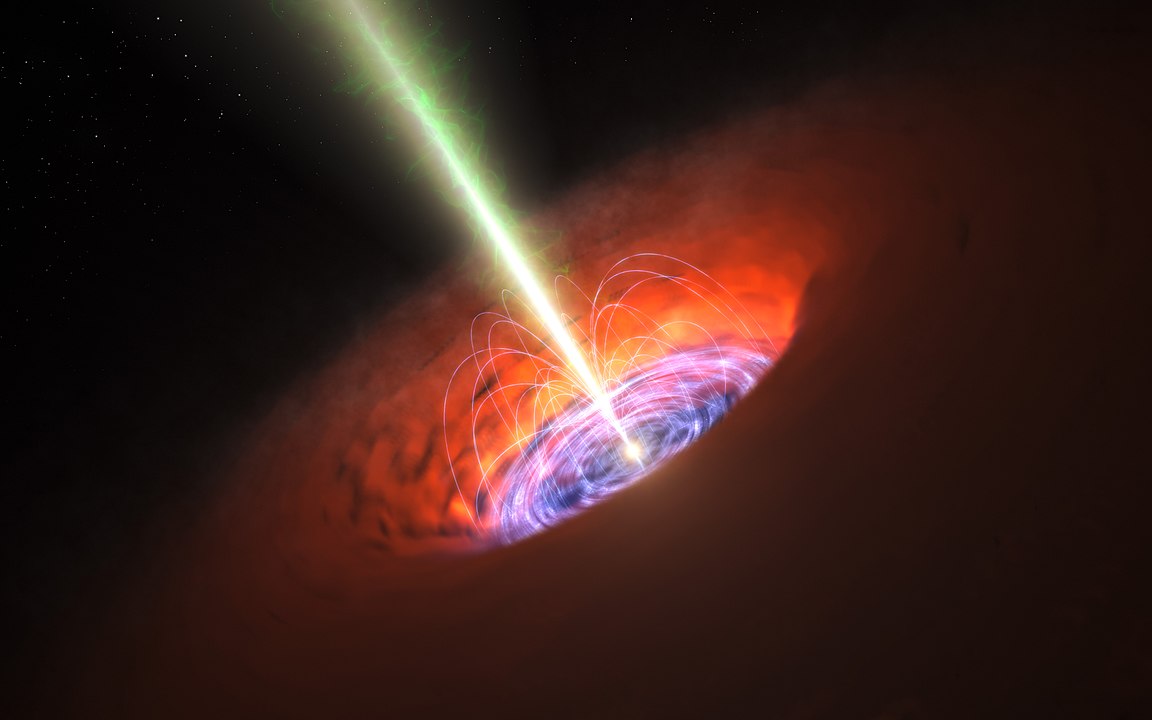The center of our very own galaxy might be one of the Universe’s most mysterious places. Astronomers have to probe through thick dust to see what’s going on there. All that dust makes life difficult for astronomers who are trying to understand all the radiation in the center of the Milky Way, and what exactly its source is.
A new study based on 20 years of data—and a hydrogen bubble where there shouldn’t be one—is helping astronomers understand all that energy.
Continue reading “Astronomers See Through the Milky Way’s Dust to Track Where Radiation is Coming From at the Center of the Galaxy”
